Satellite- and AIS-powered Vessel Viewer aims to elevate fishing vessel transparency
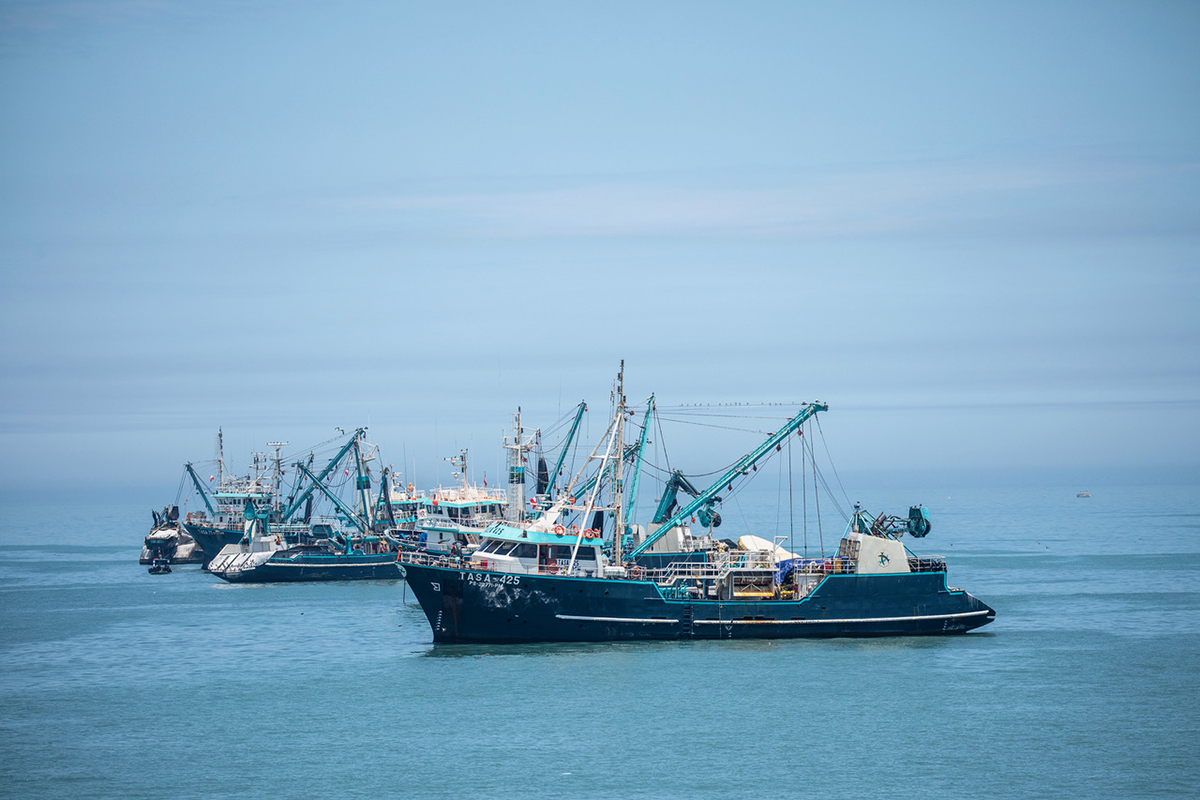
Vessel Viewer is the latest tool to come from Global Fishing Watch, the international non-profit focused on improving ocean governance through increased at-sea transparency and vessel activity mapping. Created in partnership with TMT, an organization that supports countries to combat illegal fishing through analysis and capacity building, Vessel Viewer was publicly launched in October 2023, following three years of development work.
The innovative tool provides the means to identify and cross-check information on specific fishing vessels, their operations, and relevant authorization history. After securing funding for a blueprint design in 2020, a first prototype of Vessel Viewer was launched in late 2021. It has since been fine-tuned – largely through pilot projects in Ghana, Senegal, Kenya and Côte d’Ivoire – to support port inspections and fisheries enforcement, as well as trials with insurance providers and seafood supply chains.
Vessel Viewer works by utilizing public vessel tracking systems such as the automatic identification system (AIS). It applies machine learning to vessel tracking data and layers it with identity and authorization information from a range of public sources to provide users with information and insights on the activities and history of fishing vessels in an easy-to-use format. Users have instant access to the vessel’s profile in close to real-time, including historical identity information, flag changes, and potential authorization gaps.
The free-to-use solution, available to anyone with an internet connection, is already being used across public and private sectors. It provides information to enhance fisheries controls, strengthen risk assessments and bolster due diligence processes – all of which are regarded as key to combating IUU fishing.
For this innovation, Global Fishing Watch has been named a finalist for the Responsible Seafood Innovation Award in the fisheries category. Three finalists from the fisheries and aquaculture categories will present at the Responsible Seafood Summit on 22 October 2024 in St Andrews, Scotland. Attendees will determine the winner by poll.
Explaining the tool’s background, Global Fishing Watch Product Manager for Vessels and Identity Shen Yan Liow told the Advocate that from the inception of Global Fishing Watch, it was recognized that there are multiple challenges within the fisheries space. These include biodiversity loss, the fishing of many key stocks beyond safe limits, and problems associated with IUU fishing.
Industrial stressors like shipping and offshore energy are putting pressure on marine life, and the laws governing the world’s oceans remain “really fragmented,” said Liow.
Global Fishing Watch identified that one of the biggest, long-term hindrances to addressing these challenges has been data sharing and the fact that robust data tends to not be distributed equally. Governments and corporations guard the data they hold, limiting its usefulness and undermining accountability.
“The simple truth is we cannot fix what we cannot see. Vessel Viewer gathers all these disparate public data sources and applies our machine learning technology and big data analyses to be able to provide meaningful, accessible information to fisheries managers and decision-makers,” Liow said.
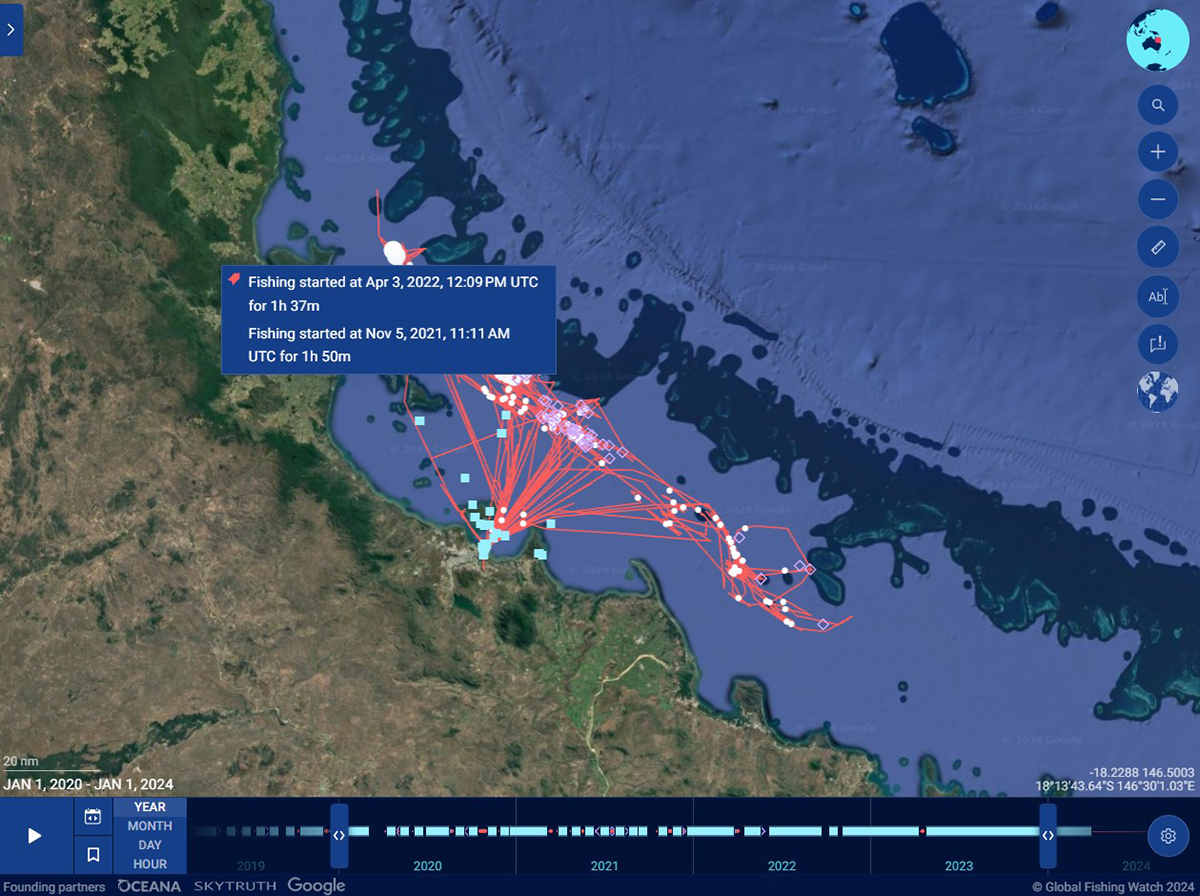
Extended utilization
Pilot users of Vessel Viewer appreciated the usefulness of the data being collected and its presentation in an easy-to-use, logical, and accessible format.
During the tool’s early development stages, it was primarily targeted toward government authorities conducting port inspections of fishing vessels in the four pilot African countries, with Global Fishing Watch and TMT providing training. That support has since been extended to neighboring states Guinea, Benin, Liberia, Madagascar, Togo and Nigeria, and some Latin American countries are also expected to onboard soon.
Its applicability has been further extended to industry users amid the growing requirement to unlock the knowledge, data and insights to drive more informed decision making. Leading the wave of early adopters, the insurance sector recognized that the framework for the ports application is equally transferable to the marine insurers or reinsurers brokerage application, and that being able to quickly access vessel information, identity, activity and authorization information can facilitate a more efficient risk assessment process. As such, some 16 companies from the sector have already trialed the platform.
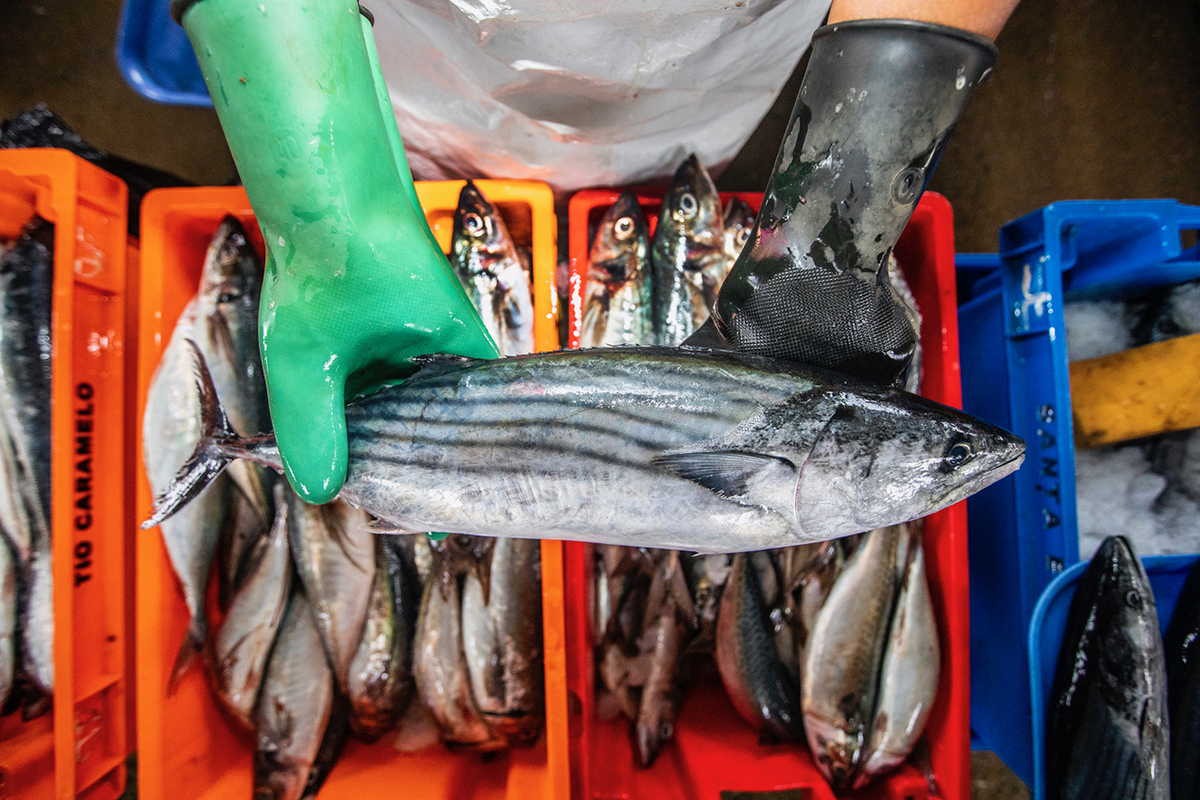
Supply chain application
Initiated through the Supply Chain Risk Project, which identified that the application of Vessel Viewer could be equally beneficial for supply chain owners, work has continued to evolve with retailers and seafood suppliers in the United Kingdom and around the globe.
Global Fishing Watch Seafood Industry Manager Caitlin Gilmour explained that a lot of the work the organization does with industry now centers around Vessel Viewer, and feedback from seafood supply chains has been instrumental in further shaping the tool.
Fishing activity largely takes place out of sight of authorities. This makes management difficult, but there’s also been little oversight of what’s been happening in supply chains, with very few players having their supply chains mapped to a vessel level, Gilmour said.
Putting IUU fishing on the map: Global Fishing Watch intends to bring the invisible into view
Despite this, supply chain owners have continued to make a lot of commitments with regards to the legality and sustainability of the products they have been buying and selling, she said. “Until now, there have been limited mechanisms to substantiate sustainability claims or to pull together pieces of information on an automated basis to support due diligence, or the assessments of the risks in seafood supply chains.”
“Through the Supply Chain Risk Project, we conducted a thorough consultation, working with different industry players, government actors, civil society, etc. to identify what data elements are really going to be needed to help strengthen the due diligence and risk assessment process.”
One of the key observations was the lack of consistency with regards to how supply chains were applying their due diligence and risk assessments, with the finding that this was largely because these organizations didn’t have the necessary technical or financial capacities.
Others simply lacked the time to dig through all the disparate sources of information to try and identify what’s most useful to them, Gilmore said.
“That’s what Vessel Viewer does. It pulls together those key pieces of information that so many users really require to help them make informed decisions,” she said. “It’s incentivizing supply chain actors to map their supply chains to the vessel level and not just a generic regional or fishery level to assess risk.
The simple truth is we cannot fix what we cannot see.
“The distinction to make here is that this isn’t about traceability, it’s about the transparency of data and information. By providing the base-level information on these vessels, it lets you ask the next question, such as potential biodiversity or labor-related impacts. It sets the foundations to support those asks,” she said.
In the meantime, Vessel Viewer’s evolution continues, with some new features expected to go live in October, including the ability to look at a grouping of vessels of interest, while still enabling the current single vessel scrutiny.
“Industry is often dealing with a fleet of vessels, so their feedback has told us they want the ability to screen insights and risks for a group of vessels while still being able to assess individual vessels within a fleet. This latest update will make Vessel Viewer even more effective and operational for supply chain companies, promoting accountability, greater data transparency and fisheries sustainability,” Gilmour said.
Now that you've reached the end of the article ...
… please consider supporting GSA’s mission to advance responsible seafood practices through education, advocacy and third-party assurances. The Advocate aims to document the evolution of responsible seafood practices and share the expansive knowledge of our vast network of contributors.
By becoming a Global Seafood Alliance member, you’re ensuring that all of the pre-competitive work we do through member benefits, resources and events can continue. Individual membership costs just $50 a year.
Not a GSA member? Join us.
Author
-

Jason Holland
Jason Holland is a London-based writer for the international seafood, aquaculture and fisheries sectors. Jason has accrued more than 25 years’ experience as a B2B journalist, editor and communications consultant – a career that has taken him all over the world. He believes he found his true professional calling in 2004 when he started documenting the many facets of the international seafood industry, and particularly those enterprises and individuals bringing change to it.
Tagged With
Related Posts
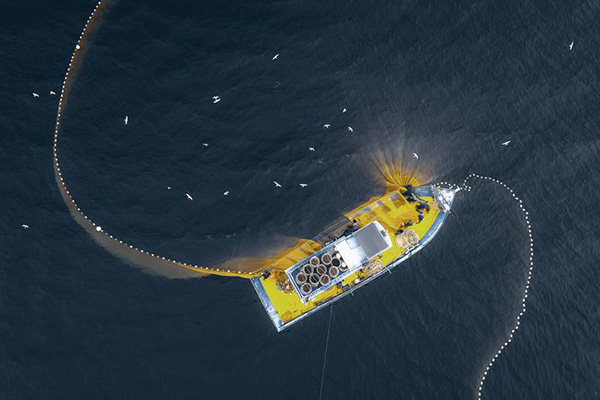
Fisheries
Can an underwater artificial intelligence bot detect IUU fishing?
A new underwater artificial intelligence bot could "revolutionize" ocean monitoring and IUU fishing identification, scientists say.
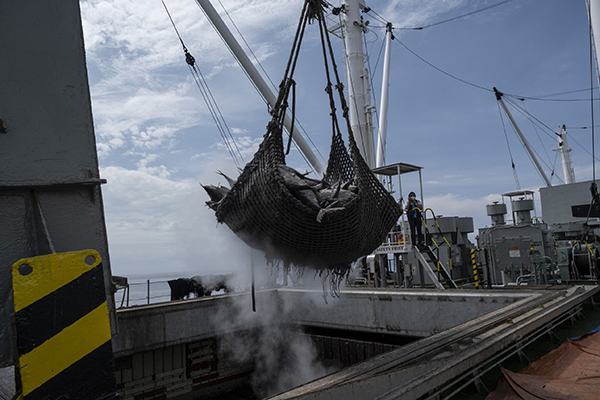
Fisheries
Endorsement of transshipment guidelines marks a key move against IUU fishing
To curb IUU fishing, an intergovernmental forum on fisheries and aquaculture has endorsed new voluntary transshipment guidelines.
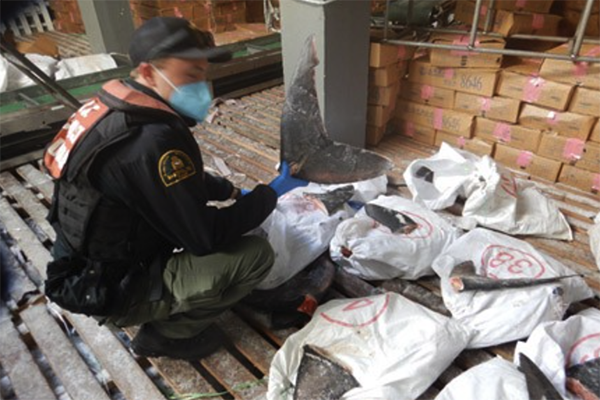
Fisheries
Canadian government combats IUU fishing with Operation North Pacific Guard
Operation North Pacific Guard, an annual international law enforcement operation in the North Pacific, aims to detect and deter IUU fishing.

Fisheries
Could an electric-pulsed device help mitigate shark bycatch in longline fisheries?
Research shows that SharkGuard, an electric-pulsed device that attaches to longline fishing rigs, can significantly reduce shark bycatch.


